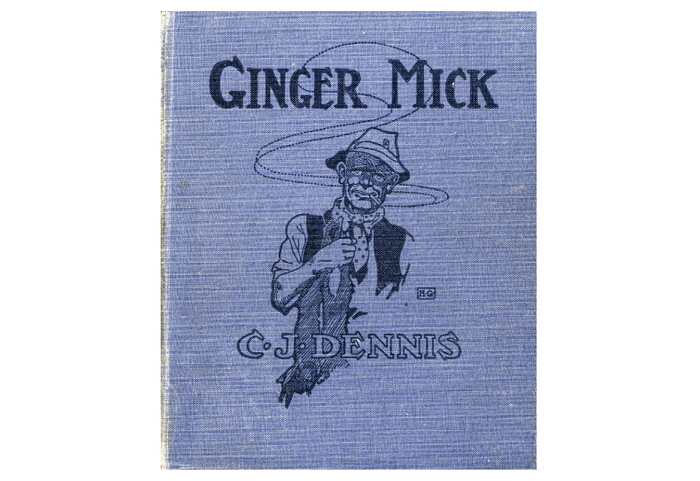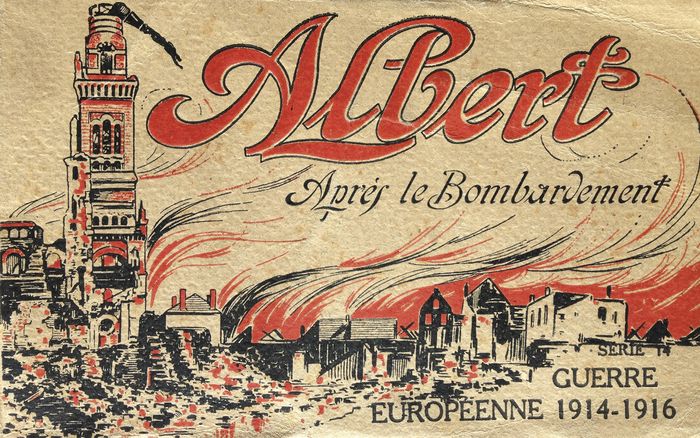Soldiers spent much of their leisure time writing to family members as well as reading and even drawing and painting when they could get the materials.
Les soldats passaient la majeure partie de leur temps libre à écrire aux membres de leur famille ainsi qu’à lire et même à dessiner et à peindre lorsqu’ils pouvaient se procurer le matériel.
As in France, correspondence with family, friends and relatives during the war was a very important form of communication for soldiers. The sheer volume of letters and parcels sent in and out of the front indicates a high rate of literacy amongst the Australian troops at the turn of the 20th century. The Australian Comforts Fund supplied reading and writing materials as well as food, warm clothing and recreational equipment for the soldiers at the front.
Comme en France, la correspondance avec les familles, les amis et les proches durant la guerre était un moyen de communication très important pour les soldats. Le volume considérable de lettres et de colis acheminés du et vers le front indique un taux élevé d’alphabétisation parmi les troupes australiennes en ce début du 20e siècle. Le Fonds de soutien australien approvisionnait les soldats en matériel nécessaire pour écrire et lire ainsi qu’en nourriture, vêtements chauds et matériel récréatif.


Angus and Robertson published a series of pocket editions for the trenches featuring Australian literary classics in a convenient size which fitted easily into a trench coat pocket. It was not until the 1950s that a similar format marketed as Le Livre de Poche became popular in France.
Les éditeurs australiens Angus et Robertson produisirent une série de livres en édition de poche pour les tranchées, adaptant les grands classiques de la littérature australienne dans une taille adéquate convenant parfaitement aux poches des uniformes. Ce n’est qu’à partir des années 1950 qu’un format similaire, commercialisé sous le nom de Livre de Poche, devint populaire en France.
The list of books read by Alan Chisholm in the two years he was on active service runs to over 150 titles. After the war he became a lecturer at the University of Melbourne and later Professor of French.Chisholm’s reading was often very appropriate. He was reading King Lear in Poperinghe and finished Dante’s Inferno in December 1917 in a dugout near St. Yves and the Purgatorio in May 1918 while just outside Amiens at Poulainville.
La liste de livres lus par Alan Chisholm, durant ses deux ans de service actif, s’élevait à plus de 150 titres. Après la guerre, il devint maître de conférence puis professeur de français à l’Université de Melbourne. Il avait lu Le Roi Lear à Poperinghe et avait terminé Inferno de Dante en décembre 1917, retranché dans son abri de fortune près de Saint-Yves. Il avait également fini la lecture du Purgatorio en mai 1918 quand il se trouvait aux portes d’Amiens, à Poulainville.


Albums of postcards showing ruined towns and landscapes were produced specifically to meet a demand for souvenirs of the war. Another innovation was postcards embroidered with a patriotic message.
Les albums de cartes postales montrant des villes et des paysages dévastés étaient produits spécialement pour répondre à la demande de souvenirs de guerre. Un autre engouement fut les cartes postales brodées accompagnées d’un message patriotique.
The golden Madonna on top of the Albert cathedral hung at a precarious angle for much of the war after the cathedral was bombed in 1915. Australians referred to the suspended figure as ‘Fanny Durack’ after a famous Australian swimmer.
La Vierge dorée, au sommet de la cathédrale d’Albert, resta penchée précairement pendant une grande partie de la guerre suite au bombardement de la Cathédrale en 1915. Les Australiens surnommaient l’icône suspendue « Fanny Durack », en référence à la célèbre nageuse australienne.
